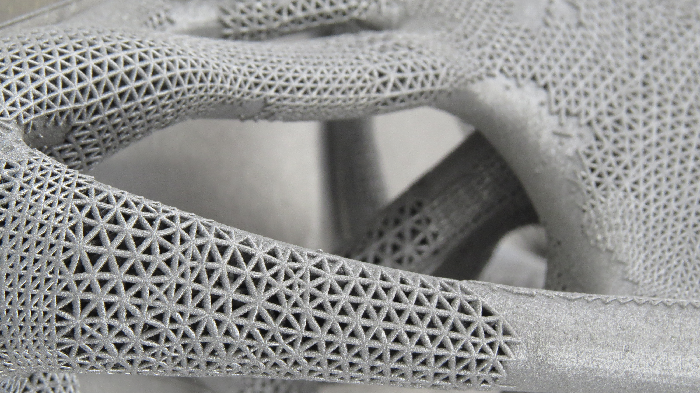The Future of Steel Products
Steel is an ever changing material. How will it be handled in the future? And what for?
The first industrial revolutions has grown massively the use of steel and with that came a whole bunch of new applications across many sectores, like in construction, equipment, mining and ship building. Before this time, steel was hard to use and expensive to buy.

For this first decades, long steel products were expensive to use due to their energy consumption, linked to their manufacturing process. When compared to steel long products cost, labour was very cheap, so companies were using a lot of hand work to reduce quantities of steel in their final products.
Across the 20th century, labor costs have by far surpasses long steel product prices, meaning companies continually reduced the hand work against the steel quantity in their manufacturing processes. This major shift in the economics of products' value chain, boosting needed changes in many technical production key points.
Higher labor costs have triggered the development of automatic machines, some working right now in many companies. The use of those machines has reduced the need of people in industrial processes and so engineering and economics together have solved the problem of labor work in the competitiveness of steel products. Or at least a part of the problem.
The steel manufacturing companies are introducing in their value chain the need to fit every customer in a customized way but the steel mill companies, who deliver long steel products to a wide variety of industries, are still standardized.
When a long steel product is used to support something, in each cross section there is a different stress state and the sections necessities are different. So why use a normalized product to all the length of the product? And why not use a different section and dimension for each stress state?

In the past, this kind of assumption made all sense because the costs of standardization are a lot lower in many industrial processes.
Now, in the era of customization, optimization, 3D manufacturing and additive manufacturing, there are an infinite number of ways to accomplish that The steel mills need to be aware to all these future market changes and Engineering companies have a big step forward towards a more refined and personalized analysis.


